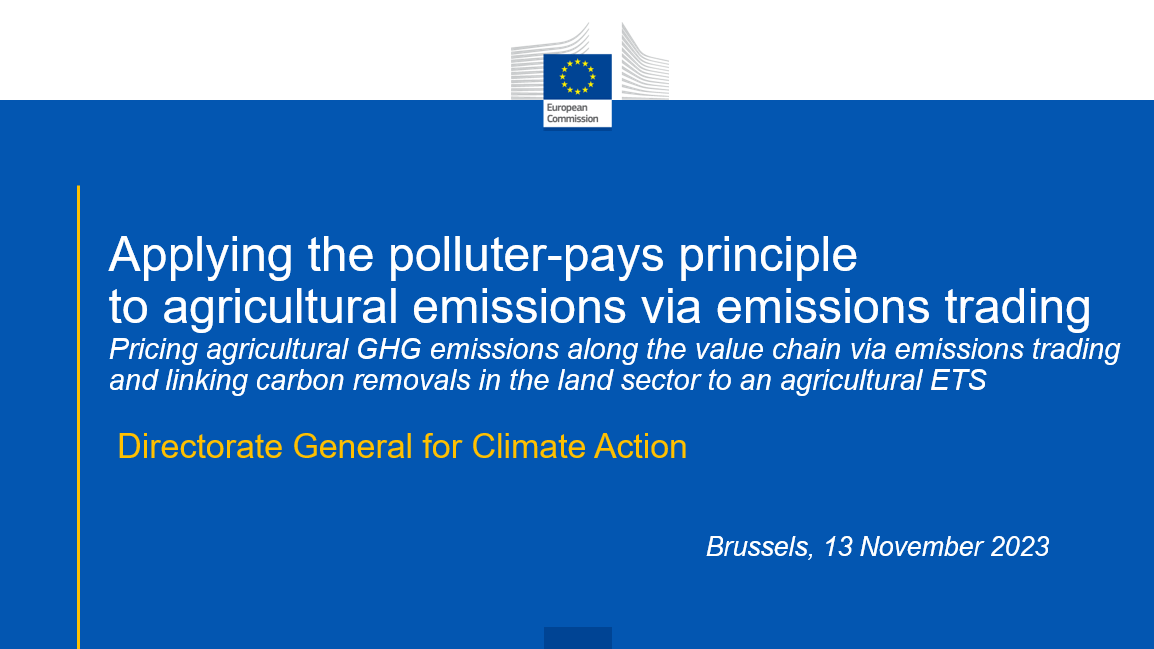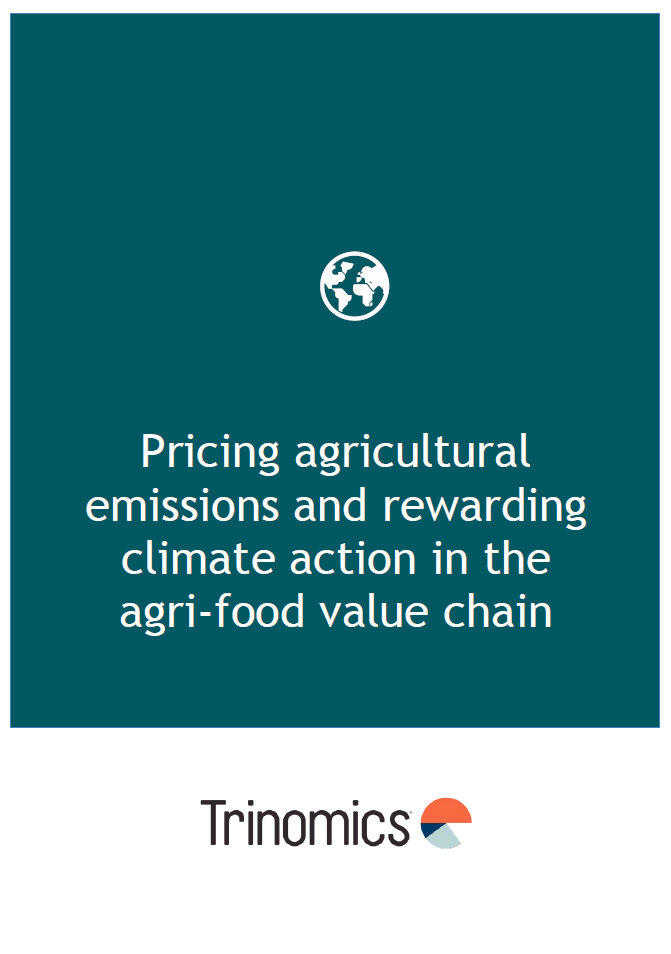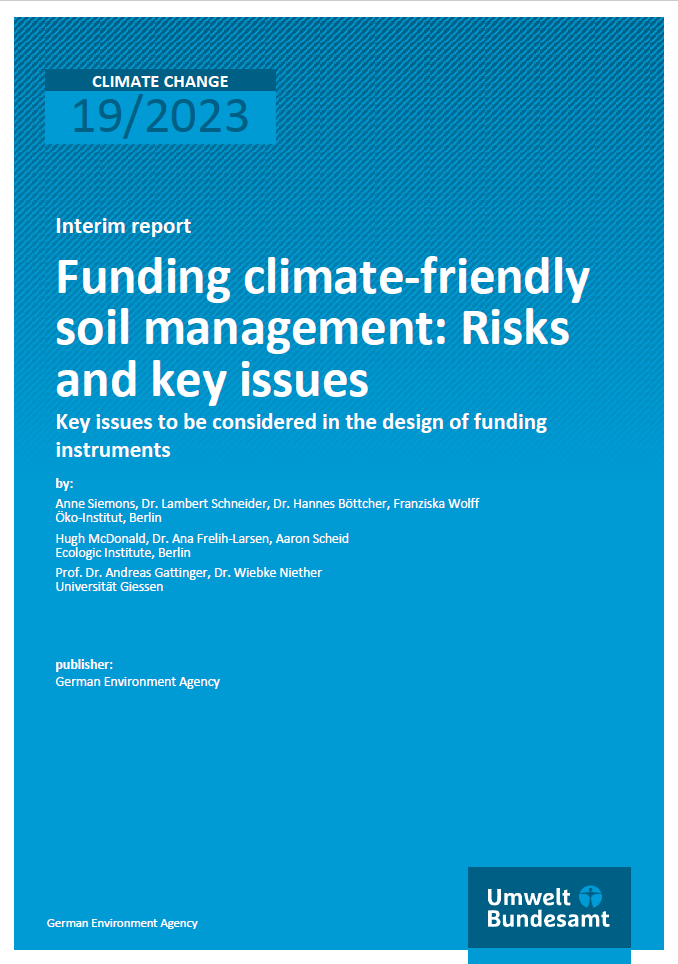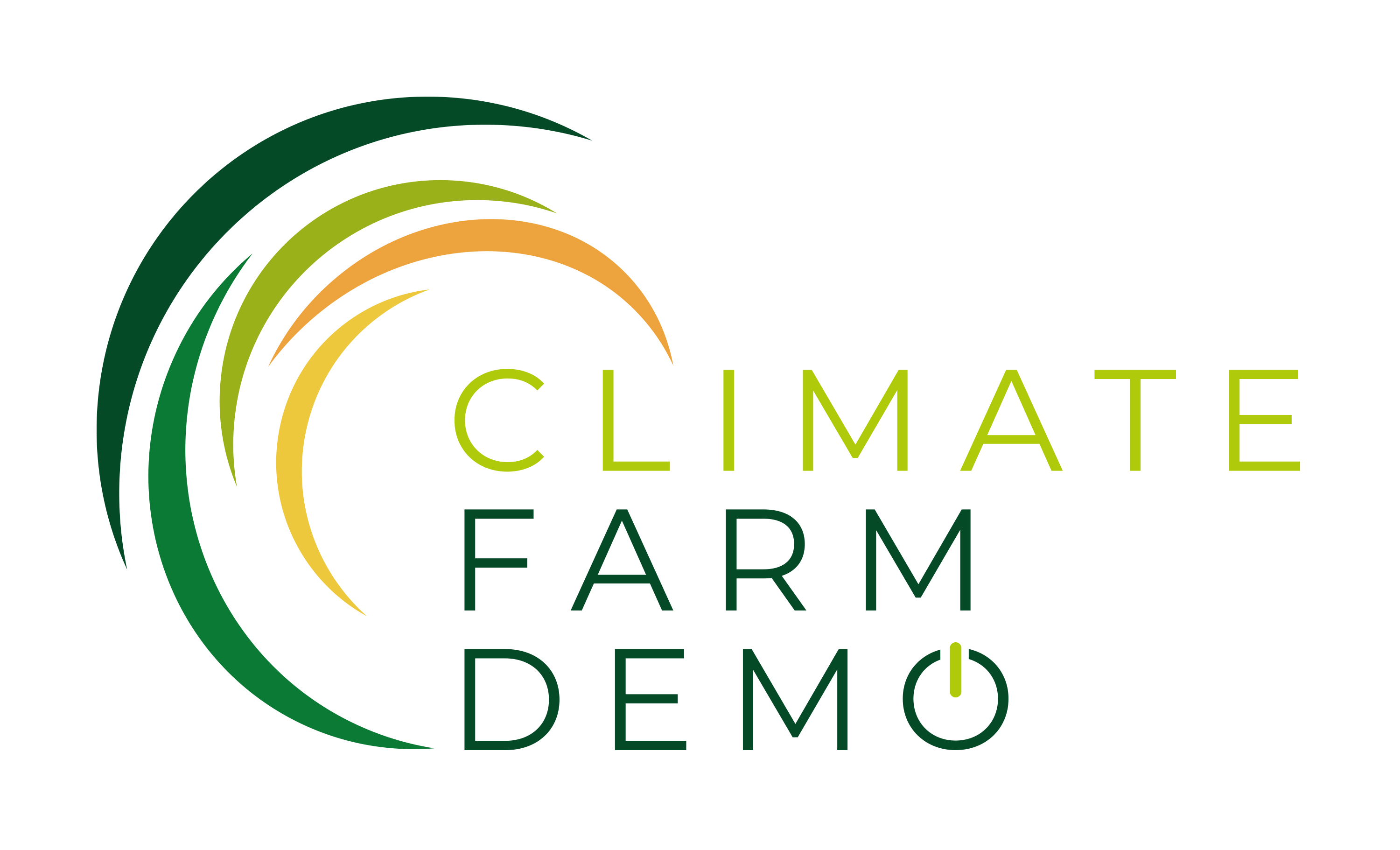based on photo by Lukas Hartman | Pexels.
Policy Models and Considerations for Using ETS Revenues
- Presentation
- Date
-
- Location
- online and Brussels, Belgium
- Panel discussion
On 14 June 2023, Aaron Scheid presented policy models for linking a reward system for carbon removals in the land sector with the AgETS. Five models were presented as part of the study "Pricing Agricultural Emissions and Rewarding Climate Action in the Agri-food Value Chain", which was developed for DG CLIMA at the time and formed the basis for the panel discussion. Three of these models envision a direct link between AgETS and removals (including an integrated system, an offsets system and a deduction system), one presenting an indirect link, and one without any links. Following the description of the five models analysed, the presentation raised the main challenges presented by a system integrating carbon removals in a AgETS, namely the risks associated with emissions reduction deterrence and the issue of non-equivalence of removals and emission reductions.
The presentation was followed by a panel discussion to bring together different views with the following panellists:
- Célia Nyssens-James from the European Environmental Bureau (EEB), Senior Policy Officer for Agriculture and Food Systems, where she works on the CAP, carbon farming, CAP and food systems to transition to the agriculture sector and addressing the environmental challenges in a synergistical way.
- Shefali Sharma from the Institute for Agriculture & Trade Policy (IATP), who is working on intersection of local, global and national policies on agriculture, food farm, climate and trade.
- Ivo Degn from Climate Farmers and the European Alliance for Regenerative Agriculture, representing the European grass root movement of regenerative farmers, bringing experience on MRV, certification, payments and transition on farms from regenerative farming.
- Ana Rocha from European Landowners Association (ELO), representing other landowner organisations throughout Europe, which include farmers, foresters and conservationists, focussing on the sustainable transition, for amongst, others food systems and payments for ecosystem services.
The panel discussion is summarised by theme below.
Carbon removal methods to be rewarded
The discussion explored the nuances associated with evaluating and implementing various carbon removal methods. Panellists delved into identifying the most impactful carbon removal methods, mentioning agroforestry, peatland restoration (although that would be largely emission reductions rather than removals), and the transition to resilient agricultural systems as promising approaches. Additionally, they emphasised that achieving the desired level of removals to align with existing NDCs (Nationally Determined Contributions) would necessitate the utilisation of all available cropland globally, underscoring the imperative for a
transformative shift in the agricultural sector. It was unanimously agreed that a holistic approach should be embraced, considering factors such as permanence, scalability, and environmental impact, while avoiding a rigid hierarchical approach that favours one removal method over others.
Linking removals with AgETS
The possibilities on linking the AgETS with carbon removals was thoroughly examined by the panellists. Throughout the discussion, diverse opinions emerged regarding the risks and opportunities associated with linking the AgETS and carbon removals. Several panellists were particularly critical on the first four policy
models, where some form of equivalence between emission reductions and removals is created and could essentially be interpreted as a form of offsetting. Concerns were raised about the potential for mitigation deterrence and the establishment of false equivalences between emission reductions and removals, especially with MRV on carbon removals still lacking and the non-equivalence of different greenhouse gases.
Throughout the discourse, it was consistently emphasised that emission reductions and carbon removals should not be treated as interchangeable entities, but rather as separate and complementary components, each requiring distinct targets and incentives. They also emphasised the need to incentivise production models that effectively reduce emissions while promoting long-term sustainability.
The panellists critical of the first four policy models therefore did see the policy model of Disconnected markets as one worth considering. They did mention that reward system under Disconnected markets should not only consider result-based payments though but consider a form of hybrid approach where activity-based payments also play a role. This is particularly relevant in the case on some sustainable agricultural practices. Participants delved into the intricacies of the natural methane cycle and deliberated over the issue of soil organic carbon (SOC) permanence. It was emphasised that relying solely on SOC does not provide a permanent carbon removal solution unless coupled with the utilisation of biochar. However, incentives for carbon removals through soil organic carbon should be considered in the context of a healthy and sustainable carbon cycle, rather than removing and storing as much as possible carbon in soils.
On the other hand, one panellist indicated that the four policy models with direct or indirect links to the AgETS should not be directly discounted. There is a need for carbon removals to take place and any way of funding these activities would be a positive development, even if it may not be possible to find perfect
solutions in avoiding risks of mitigation deterrence and non-equivalence through policy design. In addition, it was encouraged to also consider other innovative solutions and alternative market-based instruments beyond the links with an AgETS.
Co-benefits of carbon removals
A focal point of the discourse revolved around the importance of prioritizing carbon removal methods that offer co-benefits for biodiversity. Participants underscored the critical role that biodiversity plays in upholding ecosystem integrity and resilience. They highlighted several potential avenues for carbon removal, including peatland restoration, close-to-nature forest management, reforestation efforts, and the preservation of grasslands. Participants therefore stressed the importance of establishing a connection between carbon removal incentives and initiatives promoting biodiversity conservation and water conservation, while also recognizing the need for separate water policies and climate policies. However, a consensus emerged that further data collection and comprehensive monitoring are imperative to fully understand the potential impacts of carbon removal activities on biodiversity preservation.
Other options for rewarding carbon removals
Participants engaged in exploring potential avenues for utilizing revenues for carbon removals, considering hybrid payment systems and the implementation of a robust Carbon Removal Certification Framework. The CAP was acknowledged as a significant funding source, further highlighting the importance of appropriate allocation of the CAP budget. Additionally, the panellists acknowledged the availability of funding sources beyond the ETS, suggesting a comprehensive approach to secure necessary financial resources.
Q&A session
Following the panel discussion, a Q&A session took place with questions for Aaron Scheid as well as the panellists. The discussions during the Q&A session can be summarised in the following key topics:
- A couple of workshop participants expressed concerns on the risks associated with linking under the same market-based mechanism removals and emissions reductions, reiterating the challenges raised by the panel.
- Other remarks pointed at the need for continued and strengthened investment into technology and innovation, looking jointly at investment needs in both energy and food systems. Responding to this, panellists reiterated that revenues coming from the AgETS would not exclusively come from farmers but also from other (downstream or upstream) actors. This is seen as a way to support farmers in their path to transition, instead of penalizing them.
- A workshop participant suggested adopting a similar approach as in the energy sector, where revenues from carbon levies are used to finance subsidies that could reward both farmers and consumers for climate-friendly behaviour.








